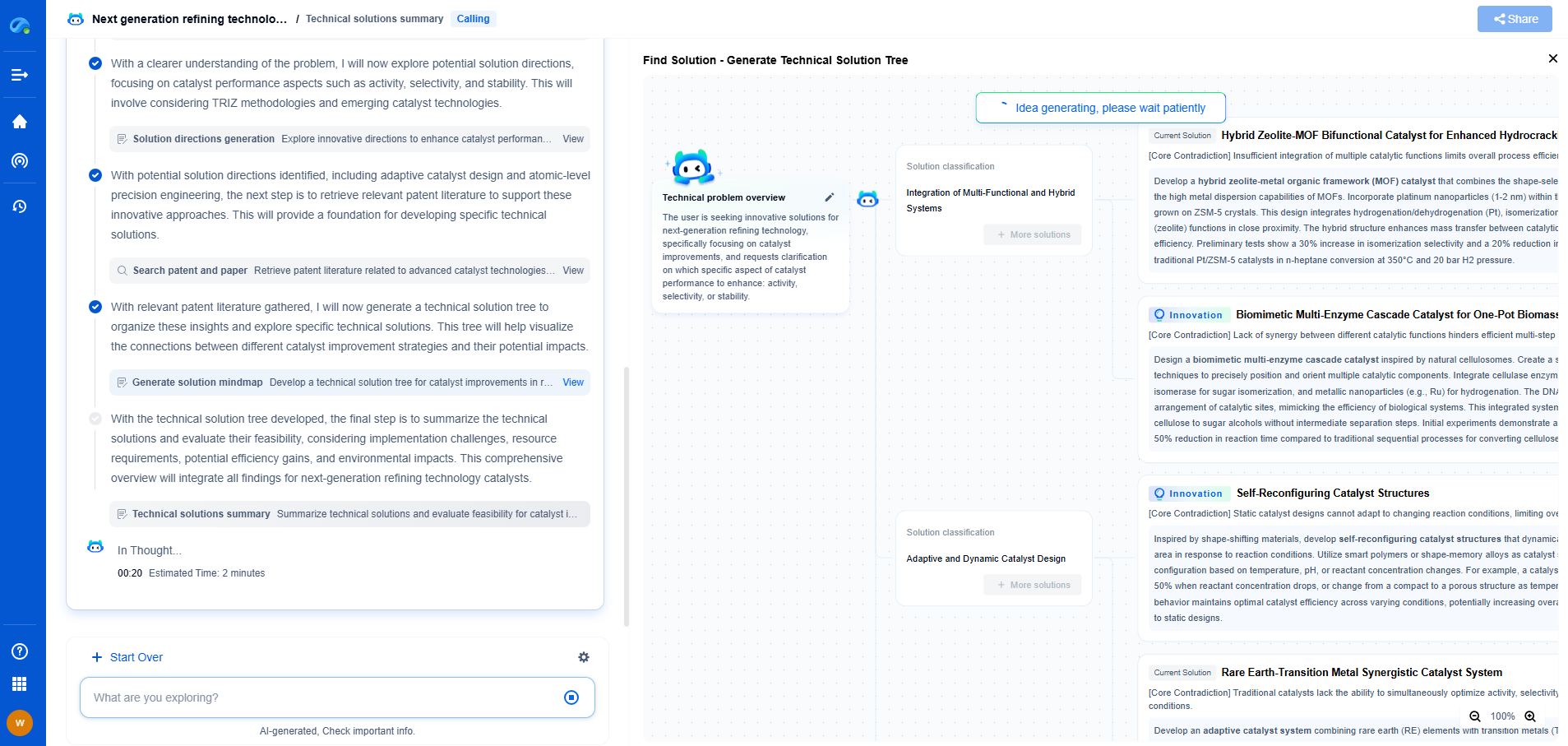What Is TCP/IP? The Backbone of Internet Communication Explained
JUN 27, 2025 |
In the world of digital communication, TCP/IP stands as a fundamental protocol suite that powers the internet. At its core, TCP/IP is responsible for enabling devices to communicate over vast and varied networks, ensuring data is sent and received accurately and efficiently. Understanding TCP/IP is crucial for anyone interested in the inner workings of the internet or aspiring to work in IT and networking.
The Origins of TCP/IP
TCP/IP, which stands for Transmission Control Protocol/Internet Protocol, was developed in the 1970s as part of a project initiated by the United States Department of Defense. The goal was to create a robust and flexible communication protocol that could withstand the loss of networks in a decentralized structure. Vint Cerf and Bob Kahn are credited with creating TCP/IP, which became the standard networking model for the internet.
How TCP/IP Works
TCP/IP is a suite of communication protocols used to interconnect network devices on the Internet. It operates in four abstraction layers, each with specific functions:
1. **Application Layer**: This is the top layer of the TCP/IP model, where applications access network services. Protocols such as HTTP, FTP, and SMTP operate here, facilitating end-user services like web browsing, file transfer, and email.
2. **Transport Layer**: The transport layer is responsible for end-to-end communication and error recovery. The primary protocols in this layer are TCP (Transmission Control Protocol) and UDP (User Datagram Protocol). TCP is connection-oriented and ensures data is transmitted accurately and in sequence, while UDP is connectionless and allows faster, but less reliable, transmission.
3. **Internet Layer**: This layer handles packet routing across the network. IP (Internet Protocol) is the main protocol here, responsible for addressing and forwarding packets. IPv4 and IPv6 are the two versions of IP, with IPv6 offering a larger address space to accommodate the growing number of internet-connected devices.
4. **Network Interface Layer**: Also known as the Link Layer, it is responsible for the physical transmission of data over network hardware. This includes protocols like Ethernet and Wi-Fi, which enable the transfer of data packets between adjacent network nodes.
The Role of TCP/IP in Internet Communication
TCP/IP is the backbone of internet communication, providing the rules and conventions for data exchange. When you send an email, stream a video, or browse a website, TCP/IP protocols are at work, ensuring data packets are transmitted between your device and the server. They manage aspects like data integrity, packet ordering, and error checking, which are crucial for seamless communication.
Why TCP/IP Matters
The importance of TCP/IP cannot be overstated. It enables interoperability across diverse platforms and devices, making the internet the vast and dynamic network we rely on daily. Without TCP/IP, the seamless connectivity we experience today would be impossible. Its adaptability and scalability have allowed it to evolve alongside technological advancements, ensuring it meets the ever-growing demands of internet users.
Challenges and Future of TCP/IP
Despite its robustness, TCP/IP faces challenges such as security vulnerabilities and the exhaustion of IPv4 addresses. The transition to IPv6 is underway to address the latter, offering a significantly larger address pool. Additionally, cybersecurity measures are continuously being developed and improved to protect data transmitted over TCP/IP networks.
As technology advances, so does the evolution of TCP/IP. Innovations such as the Internet of Things (IoT) and 5G networks are pushing the boundaries of what TCP/IP can do. Researchers and engineers are constantly working to enhance the protocol suite, ensuring it remains efficient and secure in an ever-connected world.
Conclusion
TCP/IP is a critical component of internet communication, acting as the backbone that supports the vast array of digital interactions we engage in daily. By enabling reliable and efficient data exchange, TCP/IP has facilitated the growth of the internet into the essential global network it is today. Understanding its function and significance is key to appreciating the complexity and ingenuity behind our modern digital world.
Unlock Next-Gen Innovation in Communication Technology with Patsnap Eureka
The field of communication technology is evolving at breakneck speed—from 5G and satellite systems to next-gen wireless protocols and quantum communications. Staying ahead demands more than just information—it requires strategic insights, real-time patent intelligence, and a deep understanding of technological trajectories.
Patsnap Eureka, our intelligent AI assistant built for R&D professionals in high-tech sectors, empowers you with real-time expert-level analysis, technology roadmap exploration, and strategic mapping of core patents—all within a seamless, user-friendly interface. Whether you're optimizing signal processing designs, navigating 3GPP standards, or exploring IP strategies for IoT and 6G networks, Eureka helps you move faster, think deeper, and innovate smarter.
Try Patsnap Eureka today—and see how it can transform the way you work across the entire communication technology innovation lifecycle.
- R&D
- Intellectual Property
- Life Sciences
- Materials
- Tech Scout
- Unparalleled Data Quality
- Higher Quality Content
- 60% Fewer Hallucinations
Browse by: Latest US Patents, China's latest patents, Technical Efficacy Thesaurus, Application Domain, Technology Topic, Popular Technical Reports.
© 2025 PatSnap. All rights reserved.Legal|Privacy policy|Modern Slavery Act Transparency Statement|Sitemap|About US| Contact US: help@patsnap.com

